Major Outcomes of COP 28 and India’s Achievements in Nationally Determined Contributions

Disclaimer: Copyright infringement is not intended
Context
- An inter-ministerial delegation from India attended the 28th Session of the UN Climate Change Conference (COP 28) held in Dubai, United Arab Emirates from 30th November’2023 to 13th December’2023.
Key Details:
- The major outcome of COP 28 included the decision on the Outcome of the First Global Stocktake, ratcheting up global climate ambition before the end of the decade.
- These global efforts will be taken up by the countries in a nationally determined manner taking into account the Paris Agreement and their different national circumstances.
- Another major outcome of COP 28 is the agreement on the operationalization of the Loss and Damage Fund and its funding arrangements.
What are COPs?
- The Conference of the Parties (COP) is a series of gatherings held within the framework of the United Nations Framework Convention on Climate Change (UNFCCC), a multinational treaty established in 1992.
- These sessions, denoted by the acronym COP, serve as the official meetings of the Conference of the Parties.
- The primary objective of these COP meetings is to address global climate change and assess collective efforts in line with the overarching goal of the Paris Agreement.
- The Paris Agreement aims to restrict global warming to approximately 1.5 °C above pre-industrial levels, acknowledging the critical need for international cooperation to combat climate change.
|
Role of COPs as Decision-Making Bodies
- The COPs function as the principal decision-making body of the UNFCCC. Within these sessions, participating countries, referred to as Parties, come together to evaluate and strategize on a range of crucial aspects related to climate action.
Agenda Items: Decisions and Resolutions
- During the COP sessions, participating Parties engage in discussions and negotiations, leading to the adoption of decisions and resolutions.
- These decisions cover a wide array of topics, including:
- Mitigation: Addressing efforts to reduce greenhouse gas emissions and combat the causes of climate change.
- Adaptation: Formulating strategies to adapt to the impacts of climate change and enhance resilience.
- Finance: Discussing financial mechanisms and commitments to support climate-related initiatives, especially in developing nations.
- Technology: Evaluating and promoting the development and transfer of environmentally friendly technologies.
- Transparency: Enhancing transparency and accountability in reporting and monitoring climate-related actions.
Key Functions of COPs in Climate Governance:
- The COPs play a pivotal role in shaping the global response to climate change. As the main decision-making body of the UNFCCC, these meetings facilitate international collaboration, fostering a unified approach to tackling the complex challenges posed by climate change.
- The decisions and resolutions adopted during COP sessions contribute to the ongoing efforts to create a sustainable and resilient future for our planet.
Key Outcomes of COP 28 (2023)
Global Stocktake (GST) under the Paris Agreement:
- The Global Stocktake, established in 2015 under the Paris Agreement, serves as a periodic review mechanism. The proposal outlines eight key steps to maintain the global temperature rise within the 1.5 degrees Celsius target.
- Among these steps, there is a call for tripling global renewable energy capacity and doubling the average annual rate of energy efficiency improvements worldwide by 2030.
- Additionally, it emphasizes the substantial reduction of non-CO2 emissions, with a particular focus on mitigating methane emissions globally by 2030.
Transitioning Away from Fossil Fuels (COP28):
- COP28 advocates for a just, orderly, and equitable transition away from fossil fuels in energy systems. The urgency of actions in the current decade is underscored, aiming to achieve net-zero emissions by 2050.
Global Goal on Adaptation (GGA) at COP28:
- The Global Adaptation Goal (GGA) concentrates on enhancing adaptive capabilities and minimizing vulnerability for sustainable development.
- COP28 proposes a doubling of adaptation finance, along with plans for comprehensive assessments and monitoring of adaptation needs.
- Explicit 2030 targets are integrated into the text, focusing on water security, ecosystem restoration, and health.
Climate Finance and the New Collective Quantified Goal (NCQG):
- According to UNCTAD estimates, developed nations owe developing countries USD 500 billion in 2025 under the New Collective Quantified Goal (NCQG) for climate finance.
- The objective is to establish a new collective quantified goal before 2025, starting at a minimum of USD 100 billion per year.
- This includes allocations of USD 250 billion for mitigation, USD 100 billion for adaptation, and USD 150 billion for loss and damage.
Loss and Damage Fund Operationalization:
- An agreement has been reached among member countries to operationalize the Loss and Damage (L&D) fund, aimed at compensating countries grappling with climate change impacts.
- The fund allocates a specific percentage for Least Developed Countries and Small Island Developing States, with initial oversight by the World Bank.
Global Renewables and Energy Efficiency Pledge:
- The pledge involves signatories committing to collaborate and triple the world's installed renewable energy generation capacity to at least 11,000 GW by 2030.
- It also calls for a collective doubling of the global average annual rate of energy efficiency improvements from around 2% to over 4% each year until 2030.
Global Cooling Pledge for COP 28:
- With 66 national government signatories, the Global Cooling Pledge aims to reduce cooling-related emissions across all sectors by at least 68% globally relative to 2022 levels by 2050.
Declaration to Triple Nuclear Energy:
- A declaration launched at COP28 sets the ambitious goal of tripling global nuclear energy capacity by 2050.
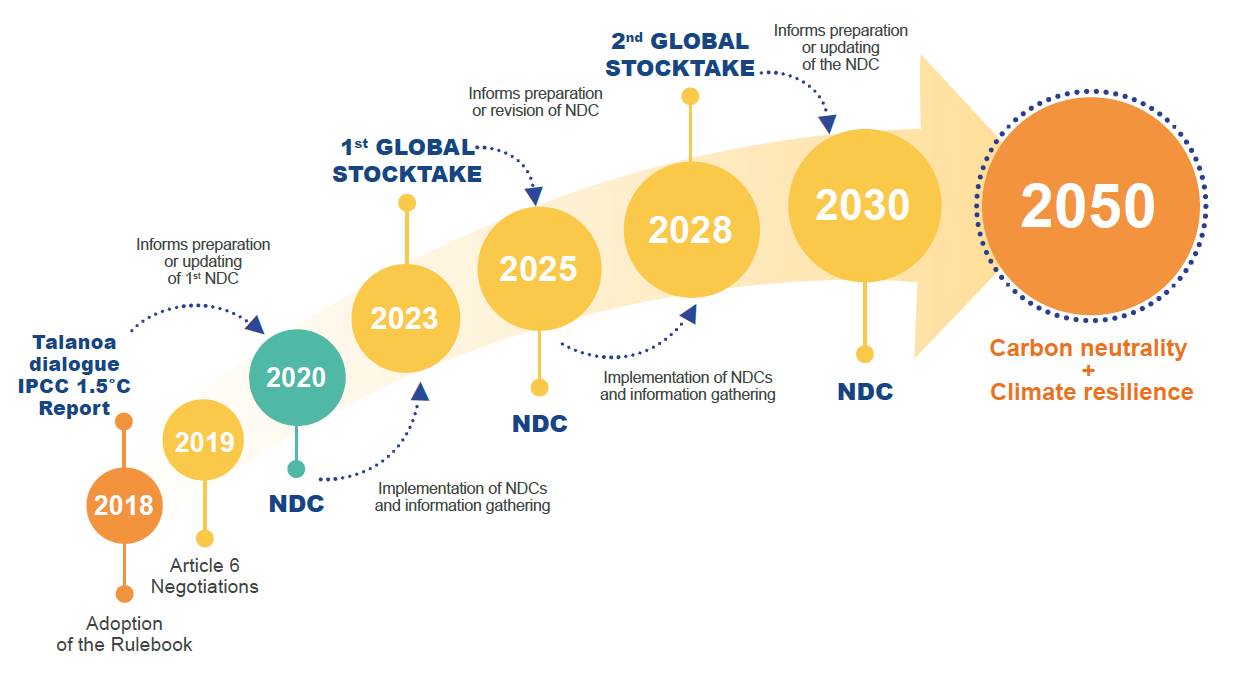
Major Engagements of India in COP 28:
Green Credit Initiative: Promoting Pro-Planet Actions
- In response to the pressing challenge of climate change, the Green Credit Initiative emerges as a visionary mechanism. This initiative aims to incentivize voluntary pro-planet actions by issuing Green Credits for plantations on waste/degraded lands and river catchment areas. The ultimate goal is to rejuvenate and revive natural ecosystems through collective efforts.
Phase II of the Leadership Group for Industry Transition (LeadIT 2.0): Toward Inclusive Industry Transition
- In its second phase, the Leadership Group for Industry Transition (LeadIT 2.0) is set to address the imperative of an inclusive and just industry transition.
- The focus lies on the co-development and transfer of low-carbon technology, along with financial support to emerging economies for a smooth industry transition.
- This phase aims to foster sustainability and equitable development on a global scale.
Global River Cities Alliance (GRCA): India's Commitment to Sustainable River-Centric Development
- Launched at COP 28, the Global River Cities Alliance (GRCA) is spearheaded by the National Mission for Clean Ganga (NMCG) under the Ministry of Jal Shakti, Government of India.
- This alliance underscores India's pivotal role in sustainable river-centric development and climate resilience.
- By facilitating knowledge exchange, river-city twinning, and disseminating best practices, GRCA seeks to drive positive change in managing river ecosystems.
Quad Climate Working Group (QCWG) on Localised Climate Action: Empowering Local Communities
- The Quad Climate Working Group (QCWG) recently convened to amplify the role of local communities and regional governments in supporting sustainable lifestyles.
- This event recognized the significance of localized climate action and sought to empower communities to contribute actively to climate resilience.
- By fostering collaboration and understanding, QCWG aims to drive meaningful change at the grassroots level.
Closing thoughts
- COPs are crucial in the battle against climate change but the road ahead is both challenging and promising. Its success requires collective determination, unwavering commitment, and a recognition that the stakes are high. By embracing determined contributions and forging genuine partnerships, the global community can build a sustainable and resilient future.
https://www.youtube.com/watch?v=xzhGOB-89Qk
https://newsonair.gov.in/News?title=COP28%2C-UN-Climate-Change-Conference%2C-concludes-with-landmark-agreement-to-tackle-climate-change&id=473114
https://pib.gov.in/PressReleaseIframePage.aspx?PRID=1987760#:~:text=The%20decision%20on%20Loss%20and,and%20governed%20by%20the%20Board.
https://www.thehindu.com/sci-tech/energy-and-environment/what-does-cop-28-mean-for-cities-explained/article67651894.ece
https://unfccc.int/news/cop28-agreement-signals-beginning-of-the-end-of-the-fossil-fuel-era

Amrit Bharat Station scheme
Context
- Railways Minister Ashwini Vaishnaw today said a total of 1309 railway stations have been taken up for development under the Amrit Bharat Station scheme.
Details:
- Replying to a question in the Lok Sabha the Railways minister said work has been started on more than 560 such selected stations.
- He said the ministry is working on a traffic plan and master plan for connectivity with cities and railways under the Amrit Bharat Station scheme.
- He further added the NDA government has augmented the laying of new railway tracks in the country and 25,000 Km of new railway tracks have been commissioned in the past 9.5 years.
About the scheme:
- The Amrit Bharat Station Scheme was launched in December 2022 by the Ministry of Railways in collaboration with the Ministry of Housing and Urban Affairs.
- The scheme is based on the principle of 'City Centres', which means that the railway stations will be developed as hubs of urban activity and connectivity, with proper integration of both sides of the city.
- The scheme also envisages the participation of private sector, state governments, and local bodies in the redevelopment process.
Features
- The redevelopment project will involve the installation of modern passenger amenities such as escalators, lifts, digital signage, CCTV cameras, Wi-Fi, waiting lounges, food courts, and shopping areas.
- The project will also ensure a well-designed traffic circulation, seamless inter-modal integration with metro, bus, taxi, and other modes of transportation, and well-designed signage for the guidance of passengers.
- The design of station buildings will be inspired by local culture, heritage, and architecture.
- For example, Bihar's Muzaffarpur station will reflect the Mithila art form, while Kerala's Shornur and Kasargod stations will showcase the traditional architecture of the state.
https://newsonair.gov.in/News?title=Government-says%2c-over-1300-railway-stations-taken-up-for-development-under-Amrit-Bharat-Station-scheme&id=473642
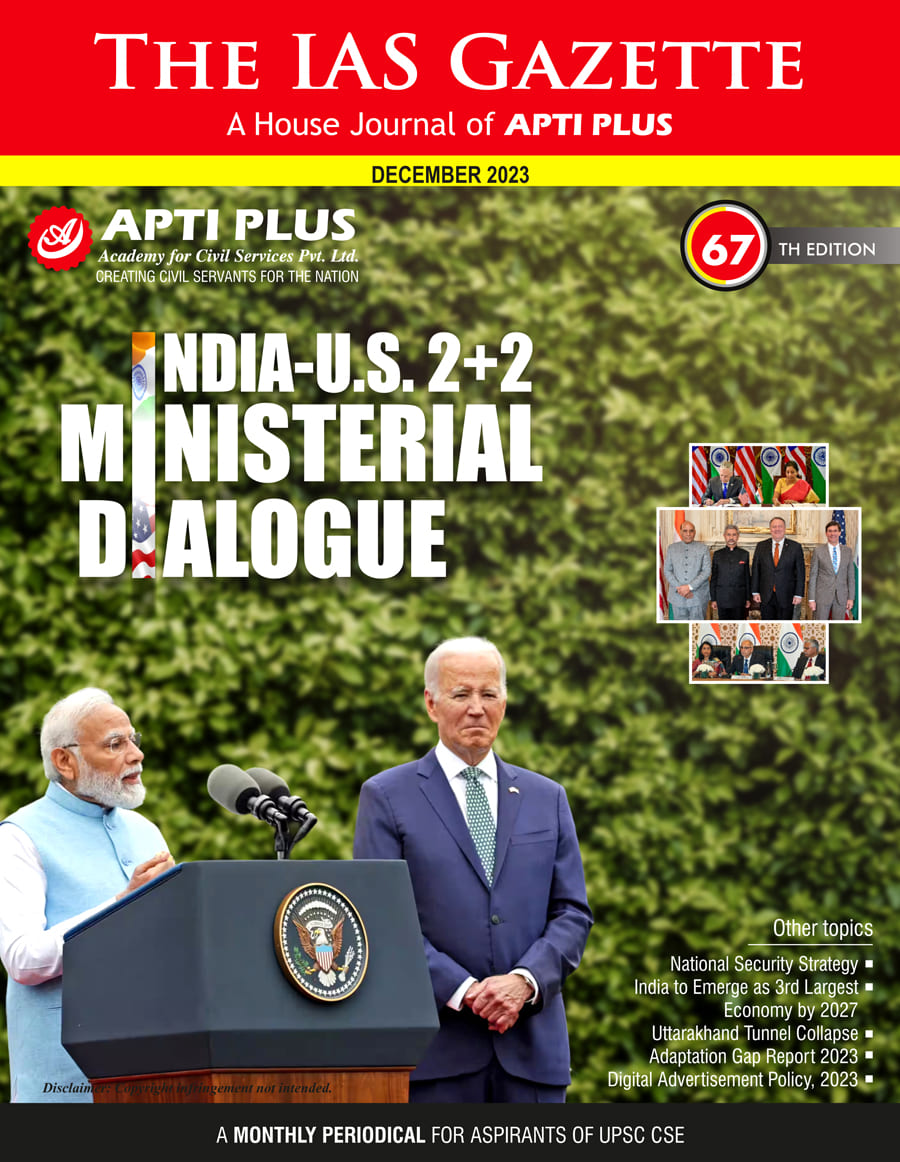
Alternative Investment Funds
Context
- RBI directs banks to refrain from investing in any scheme offered by Alternative Investment Funds.
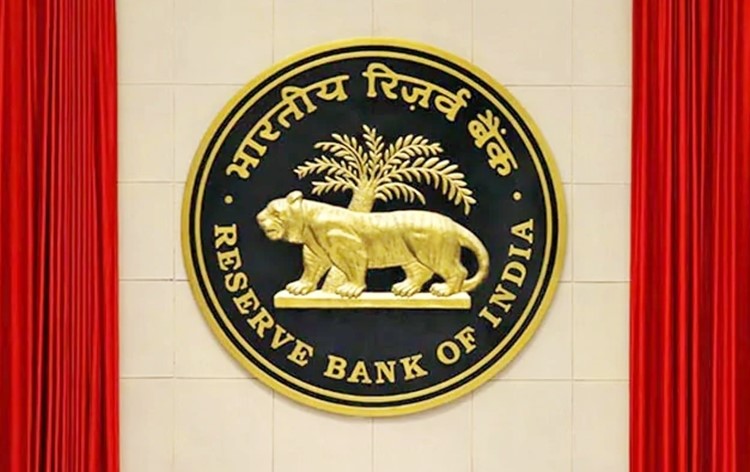
Disclaimer: Copyright infringement is not intended
Details:
- The Reserve Bank of India has directed all Commercial Banks, Co-operative Banks, and Non-Banking Financial Companies including Housing Finance Companies and Financial Institutions to refrain from investing in any scheme offered by Alternative Investment Funds (AIFs), which has downstream investments either directly or indirectly in the bank’s debtor company.
- In a notification issued from Mumbai, RBI has stated that the debtor company means any company that has taken a loan from the bank anytime during the preceding twelve months.
- RBI has further directed banks to liquidate their investment from such AIFs within thirty days.
About Alternative Investment Funds:
- Alternative Investment Funds (AIFs) are exclusive investment vehicles that differ from traditional mutual funds or ETFs. Unlike conventional funds available to the general public, AIFs operate within distinct regulatory frameworks, granting them greater flexibility in crafting unique investment strategies.
Key Characteristics of AIFs
- Private Nature: AIFs are private funds not open to the general public. They cater to a select group of investors and are exempt from traditional regulatory oversight applied to mutual funds.
- Pooling of Assets: AIFs pool assets from both Indian and global investors. These funds are designed to invest following a specified investment policy, prioritizing the well-being of their investors.
- Diversified Investment Avenues: In contrast to traditional investments like stocks and debt securities, AIFs explore unconventional avenues. They commonly invest in areas such as venture capital, private equity, hedge funds, and other alternative investment options.
- Legal Structures: AIFs can take on various legal structures, including corporations, trusts, or limited liability partnerships. This flexibility allows them to adapt to different market conditions and investor preferences.
Regulatory Framework for AIFs
- Exemption from SEBI Laws: AIFs in India operate independently of the SEBI (Securities and Exchange Board of India) Laws of 1996 and 1999, as well as regulations from other authorities overseeing funds. This exemption places AIFs in a private category, outside the standard regulatory framework.
- Private and Unregulated Status: Due to the absence of SEBI regulations, AIFs retain a private and unregulated status. This characteristic distinguishes them from more traditional and regulated investment options.
Constitution of AIFs
- AIFs can be constituted in various legal forms, including corporations, trusts, and limited liability partnerships. This diverse range of legal structures provides flexibility in meeting the specific needs of investors and the fund's objectives.
https://newsonair.gov.in/News?title=RBI-directs-banks-to-refrain-from-investing-in-any-scheme-offered-by-Alternative-Investment-Funds&id=473632
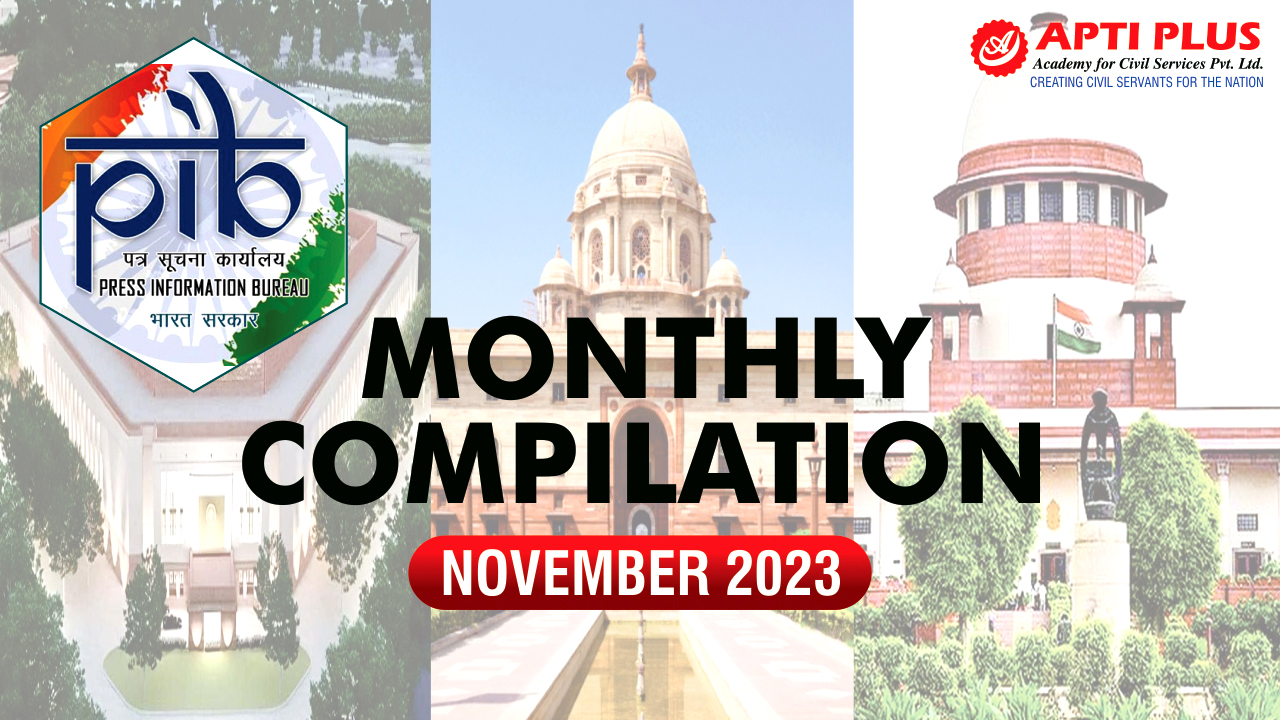
Atmanirbhar Bharat in health by 2047
Context
- Tribal Affairs Minister Arjun Munda today said that people’s participation will ensure an Atmanirbhar Bharat in health by 2047.
Details
- Addressing media in New Delhi, Mr. Munda said that Ayushman Bharat Jan Arogya Yojana is one of the biggest health programs started by the government to reach the last mile. He said Jan Arogya Yojna makes common people feel secure about medical expenses.
- He further added, that over one lakh Jan Arogya Mandirs are successfully running across the country. He said that the health sector has made massive strides in the last nine years. The Minister said that health is one of the top priorities for the government.
- Highlighting the role of youth in keeping India healthy, Mr. Munda said that Prime Minister Modi has called upon the youth to join the Fit India Movement.
- He said, every citizen of the country should be healthy and the government is committed to implementing it on the ground.
About the Ayushman Bharat Jan Arogya Yojana:
|
Launched
|
- Launched in February 2018, PM-JAY stands as the world's largest government-funded health insurance scheme. It provides a comprehensive coverage of Rs. 5 lakh per family, encompassing both secondary and tertiary care.
|
|
Health Benefit Packages
|
- PM-JAY's coverage extends to a wide array of medical services, including surgeries, daycare treatments, medication costs, and diagnostics.
- This ensures that beneficiaries have access to essential healthcare without financial barriers.
|
|
Target Beneficiaries
|
- The scheme operates on an entitlement-based model, focusing on beneficiaries identified through the latest Socio-Economic Caste Census (SECC) data.
- Additionally, the National Health Authority (NHA) allows flexibility for States/UTs to use alternative beneficiary databases with similar socio-economic profiles.
|
|
Funding Structure
|
- Funding for PM-JAY follows a structured approach, with a 60:40 sharing ratio for states and UTs with legislatures, 90:10 in Northeast states, Jammu and Kashmir, Himachal Pradesh, and Uttarakhand, and 100% central funding for UTs without legislatures. This ensures a collaborative effort in financing the scheme.
|
|
Nodal Agencies
|
- The National Health Authority (NHA), established as an autonomous entity under the Society Registration Act, of 1860, plays a pivotal role in effectively implementing PM-JAY in collaboration with state governments.
- At the state level, the State Health Agency (SHA) serves as the apex body responsible for the seamless execution of AB PM-JAY.
|
https://newsonair.gov.in/News?title=Tribal-Affairs-Minister-Arjun-Munda-says-people%e2%80%99s-participation-to-ensure-Atmanirbhar-Bharat-in-health-by-2047&id=473641
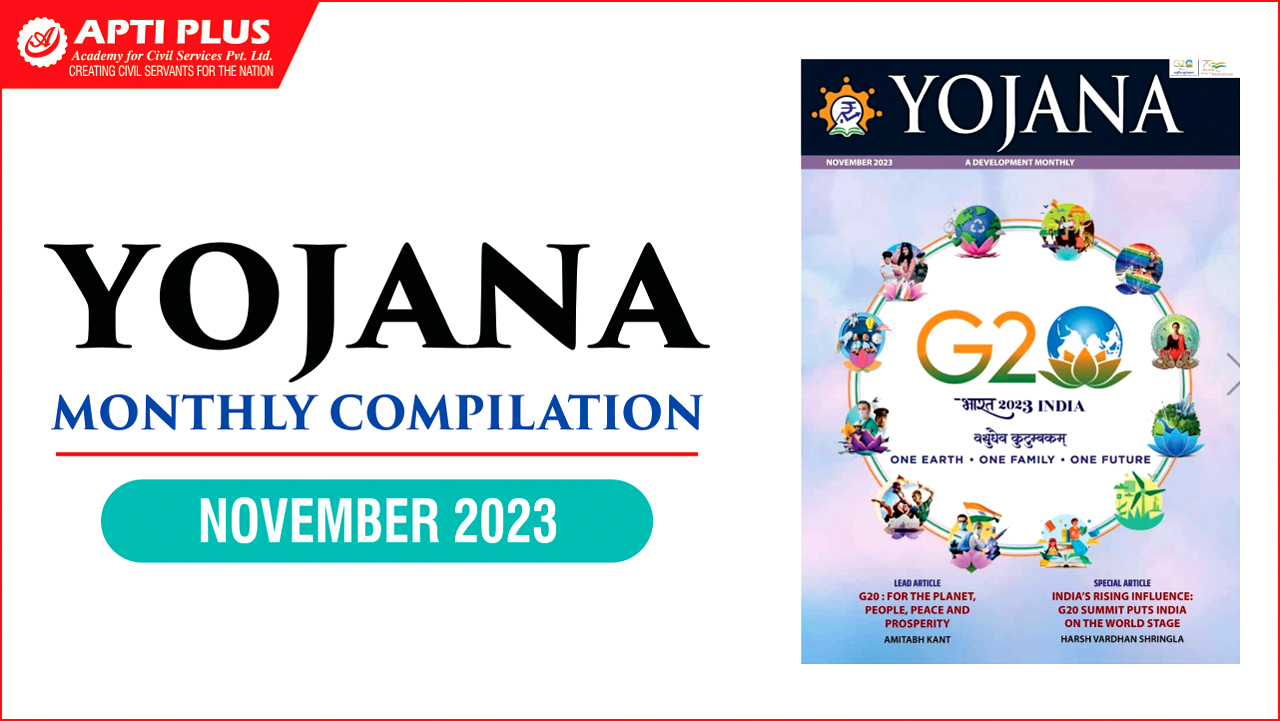
Central Goods and Services Tax (Second Amendment) Bill, 2023
Context
- Rajya Sabha has taken up the Central Goods and Services Tax (Second Amendment) Bill, 2023 for discussion and passing it.
Details:
- The Bill has provisions to amend the Central Goods and Services Tax (CGST) Act, 2017 which allows the Central Government to set up an Appellate Tribunal.
- While moving the Bill, Finance Minister Nirmala Sitharaman said this has been brought to the House after the order of the Madras High Court after striking down the two sections of the Central Goods and Services Tax (CGST) Act, 2017 by which the GST Appellate Tribunals were notified in 2019.
- She said that the standardization of terms and service conditions of members of Tribunals is underway so for the conformity of this the Bill has been brought.
About the Central Goods and Services Tax (Second Amendment) Bill, 2023:
|
About
|
- The Central Goods and Services Tax (Second Amendment) Bill, 2023 was introduced in Lok Sabha on December 13, 2023.
- It amends the Central Goods and Services Tax (CGST) Act, 2017. The Act provides for the levy and collection of CGST on the intra-state supply of goods and services.
|
|
Change in qualification for members of Appellate Tribunal
|
- The Act allows the central government to set up an Appellate Tribunal on the recommendation of the GST Council. The Tribunal comprises the President, a judicial member, and two technical members. Persons eligible to be appointed as judicial members are:
- (i) a judge of the High Court, or
- (ii) a district judge or additional district judge having served for at least 10 years.
- The Bill allows advocates with at least 10 years of experience to be appointed as the judicial member.
- They must have substantial experience in matters relating to indirect taxation.
- The minimum age to be appointed as a member or president of the Tribunal will be 50 years.
|
|
Age limit
|
- The Bill increases the age limit: (i) for the president of the Tribunal from 67 to 70 years, and (ii) for members from 65 to 67 years.
|
|
CGST on specified actionable claims
|
- Under the Act, transactions involving actionable claims, except lottery, betting, and gambling, are not considered to be a supply of goods or services.
- Thus, they are not liable to be taxed. An actionable claim refers to a claim to any debt that is not secured by a mortgage of immovable property or by a pledge of moveable property.
|
|
Registration is mandatory for certain suppliers of online money gaming
|
- The Act provides for the mandatory registration of certain suppliers. The Bill provides that persons supplying online money gaming from outside India to persons in India must also register under the Act.
|
https://newsonair.gov.in/News?title=Rajya-Sabha-Discusses-Central-Goods-and-Services-Tax-(Second-Amendment)-Bill%2c-2023&id=473662






